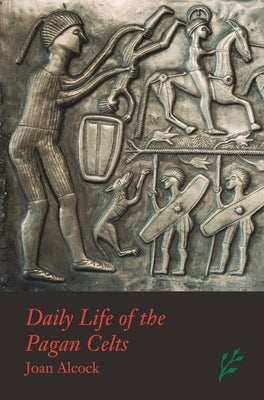Before you leave...
Take 20% off your first order
20% off
Enter the code below at checkout to get 20% off your first order
Discover summer reading lists for all ages & interests!
Find Your Next Read

This publication reveals that the Celts were not merely a collection of barbaric tribes but that their civilization compared favourably with those of other ancient civilizations. The detail of the book includes political and social groups, domestic and family life, social hierarchies, housing, food, clothing, religion, superstition, mythology and legend, poetry, warfare and warriors, crime and punishment, bog burials and the interaction of this society with Greek and Roman civilization. It will include extracts from Celtic literature and classical literature relating to the Celts.
This publication reveals that the Celts were not merely a collection of barbaric tribes but that their civilization compared favourably with those of other ancient civilizations. The detail of the book includes political and social groups, domestic and family life, social hierarchies, housing, food, clothing, religion, superstition, mythology and legend, poetry, warfare and warriors, crime and punishment, bog burials and the interaction of this society with Greek and Roman civilization. It will include extracts from Celtic literature and classical literature relating to the Celts. The Celtic world covered Western Europe from Ireland to the southern Mediterranean and extending into Galatia (Asia Minor) during the Iron Age and the Roman Empire (between 600 BC and 200 AD). Drawing from a wide variety of sources, including the latest archaeological evidence, and Celtic and classical literature, this publication provides an accessible and up-to-date account of daily life in this Celtic world. With her extensive background in ancient history, Joan Alcock vividly brings to life the civilisation of the Celts, a world with complexities and nuanced variations like any of the other great ancient civilizations. The book details the structure of the Celtic world, its constituent territories and cultures and the interrelationships of these tribes and lands, the roles within each society, including warriors, farmers, craftsmen (who still influence fashions today), slaves, women and children. Detail is given of religion and superstition, feasts and festivals, burial practices, building types and materials, domestic life, family customs, marriage, the raising of children and more. The final chapter examines the decline of the Celts, and the survival and re-emergence of Celtic cultural traditions in the modern era.Thanks for subscribing!
This email has been registered!
Take 20% off your first order
Enter the code below at checkout to get 20% off your first order